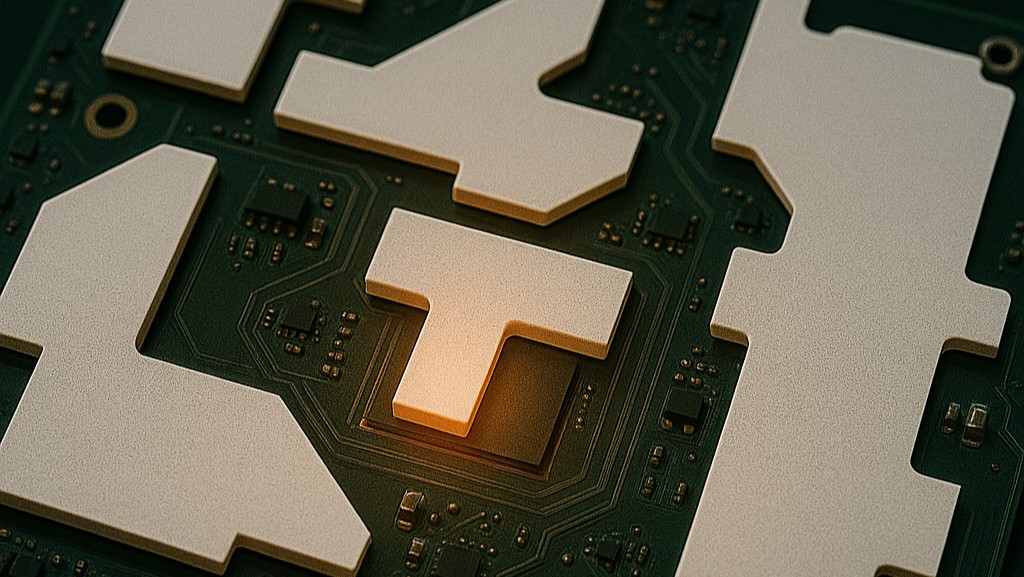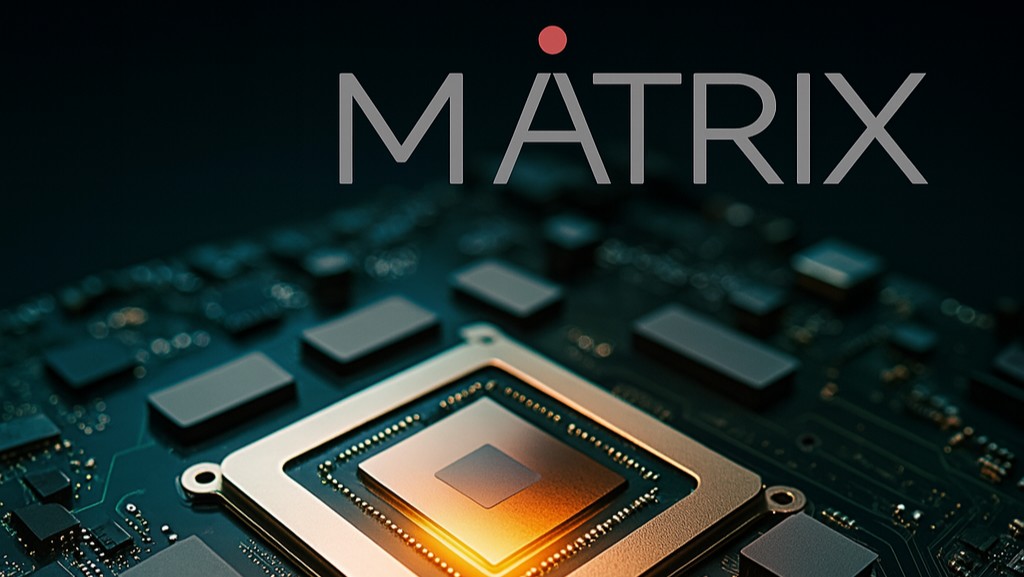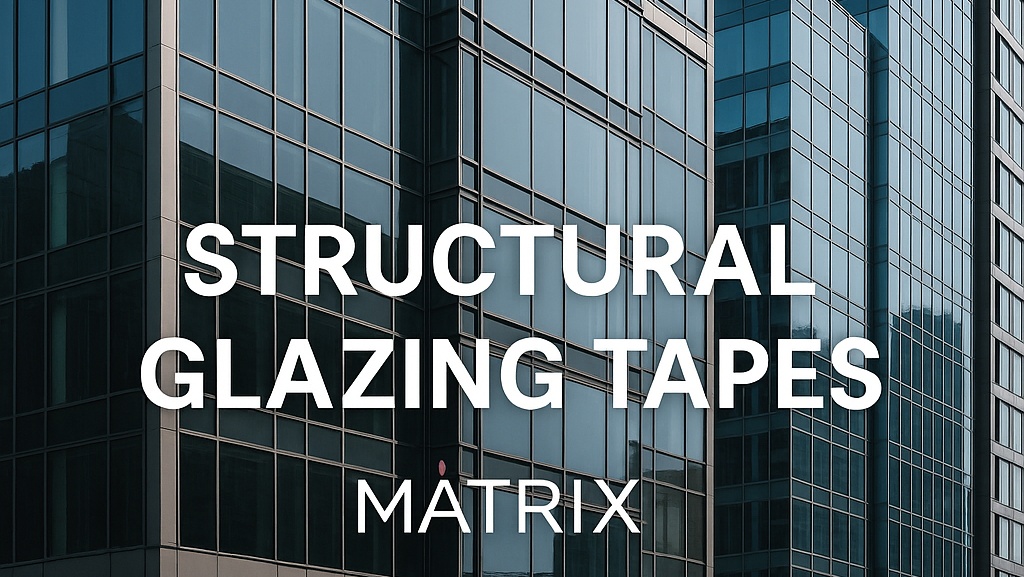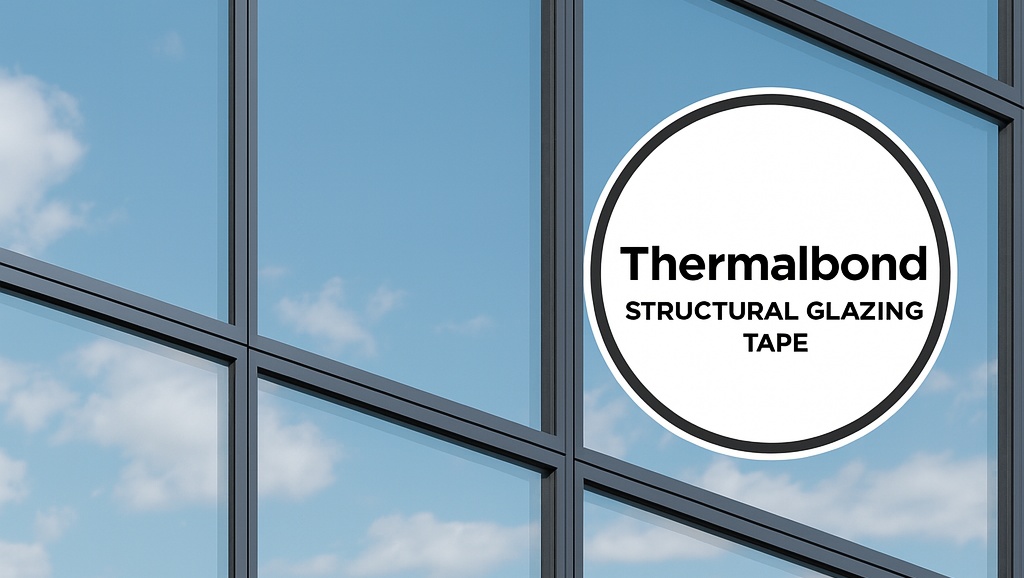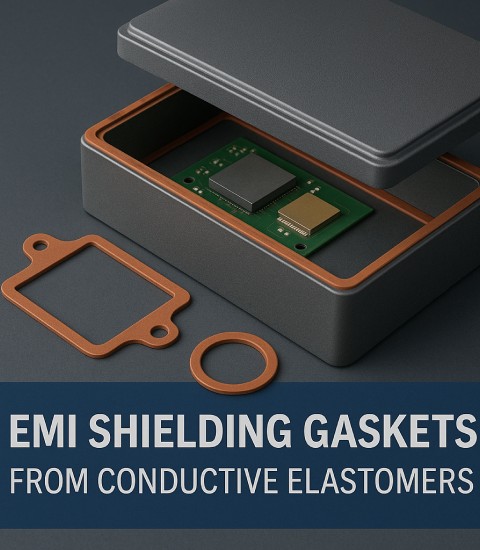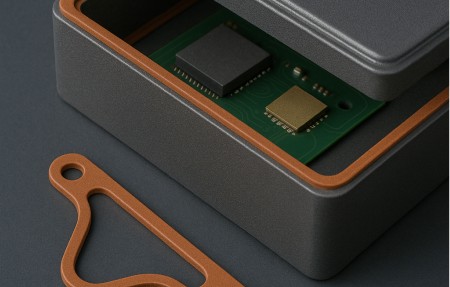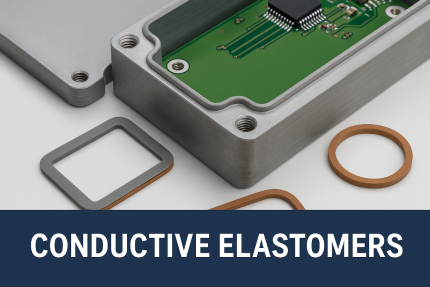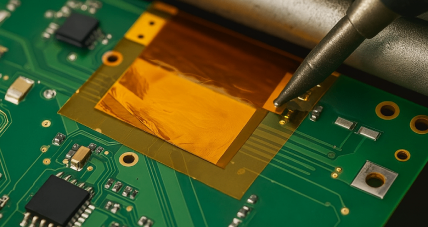Thermal Interface Solutions for Next-Gen Electronics
Thermal gap filler pads—commonly referred to as gap pads—are crucial interface materials placed between heat-generating components (such as CPUs, GPUs, memory chips, and radar systems) and heat-dissipating elements (like heat sinks, cold plates, heat pipes, and vapor chambers). As processing power and electronic density continue to increase, the demand for more effective heat dissipation has grown in parallel. However, thermal conductivity alone is no longer sufficient to meet today’s thermal management challenges.
Beyond Thermal Conductivity
A decade ago, a thermal conductivity rating of 4 to 5 W/m-K was considered high performance. At that time, this level of conductivity was more than adequate for cooling most electronics and extending their lifespan. Today, with thermal demands doubling, materials with conductivity values of 8 W/m-K or higher have become the new standard. But meeting thermal targets is only one piece of the puzzle. Engineers and designers now must also evaluate a range of mechanical and processing factors, including:
- Low Compression Force & High Stress Relaxation
Gap pads must conform to uneven surfaces and fill air gaps resulting from component tolerances. A lower compression force means less stress is placed on sensitive components during assembly. Materials that exhibit high stress relaxation can maintain thermal contact while significantly reducing long-term mechanical stress on parts. - Minimal Silicone Oil Migration
Silicone-based gap pads remain popular due to their thermal stability and manufacturing versatility. However, they can release silicone oil over time, which may cause contamination or reliability issues. Advanced formulations now offer significantly reduced oil bleed, improving reliability in demanding applications. - Compatibility with High-Volume Automation
In sectors like telecom, IT, automotive, consumer electronics, and healthcare, electronics are mass-produced at scale. Thermal interface materials must support automated assembly methods such as Pick-and-Place systems. This requires consistent form factors, durability, and packaging that enables fast, precise placement.
The challenge is that these design goals often conflict. Higher thermal conductivity typically means a higher filler load, which increases hardness. Meanwhile, softer pads required for low compression force may not be suitable for robotic placement.
Introducing THERM-A-GAP™ PAD 80LO: A Balanced, High-Performance Gap Pad
THERM-A-GAP PAD 80LO addresses the evolving demands of thermal management in modern electronics. With a thermal conductivity of 8.3 W/m-K, PAD 80LO is engineered to handle the heat output of today’s high-performance components.
The “LO” stands for Low Oil, reflecting its advanced silicone formulation that dramatically reduces oil bleed compared to standard gap pads. PAD 80LO supports automated, high-volume production and is available in sheet form, custom die cuts, and even tape-and-reel packaging, making it fully compatible with Pick-and-Place equipment.
Despite its relatively firm 60 Shore 00 hardness, the material was specifically formulated for exceptional stress relaxation, ensuring it can compress adequately to protect sensitive components without sacrificing long-term reliability.
PAD 80LO is ideal for applications such as:
- AI and Machine Learning Hardware
- Telecom and 5G Infrastructure
- Electric and Autonomous Vehicles
- Avionics and Defense Systems
- IoT Devices
- Wearable Medical Electronics
Meet the next generation of thermal interface materials.
Explore how THERM-A-GAP PAD 80LO can elevate your thermal design strategy.


